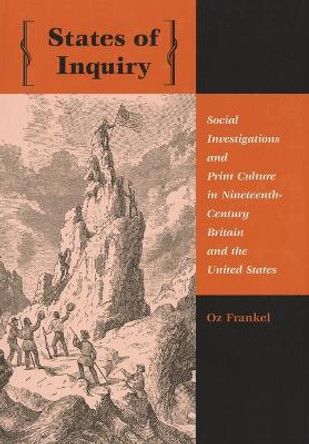Description
In the 1820s and 1830s the lyceum was characterized by organized groups in cities and towns, particularly in the Northeast and the Old Northwest (now the Midwest). These groups were established to promote debate, to create a setting for study, and to provide a forum for members' lecturing. By the 1840s and 1850s, however, most lyceums concentrated on the sponsorship of public lectures, presented for institutional profit as well as public instruction and entertainment. Eventually, lyceum lectures became a commercial enterprise and desirable platform for celebrities who wished to expand their incomes from lecturing.
About the Author
Angela G. Ray is Assistant Professor in the Department of Communication Studies at Northwestern University. Her dissertation, upon which this work is based, won a Gerald R. Miller Outstanding Dissertation Award from the National Communication Association.
Book Information
ISBN 9780870137440
Author Angela G. Ray
Format Paperback
Page Count 371
Imprint Michigan State University Press
Publisher Michigan State University Press
Weight(grams) 700g




